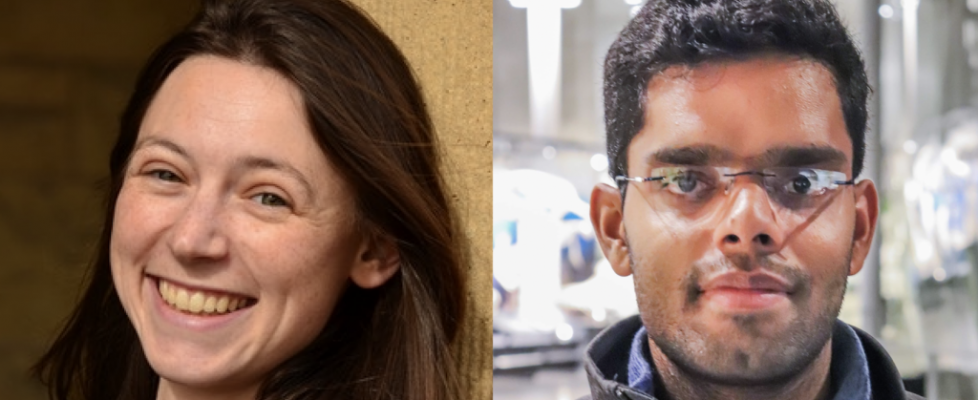Prescribed Burns; Exploding Stars–Mar2
Wonderfest Science Envoys are early-career researchers with special communication skills and aspirations. Following short talks on provocative modern science topics, these two Science Envoys will answer questions with insight and enthusiasm:
- Stanford evironmental scientist Rebecca Miller on "Prescribed Burns in California" — Over the past several years, California has experienced record-breaking wildfire seasons. Recent wildfires have prompted important policy conversations about prescribed burns, fires that are purposefully set to remove ground vegetation and reduce fire risks. What are the challenges that have prevented us from using prescribed burns in California, and how might we wisely expand the use of this valuable fuel treatment?
- UC Berkeley astrophysicist Kishore Patra on "Exploding Stars" — The atoms in everything around us — the oxygen in the air, the carbon in our bodies, the gold in our jewelry — were forged in stellar furnaces. We owe our very existence to stars that died in cataclysmic explosions known as supernovae. What is the cosmic story of our elemental origins? What do we know about supernovae, and how do astronomers study them?
What value do these science insights have FOR YOU? Accordingly, please use the space below to contribute to nonprofit Wonderfest, and help to promote the scientific outlook broadly — as through the outstanding Science Envoy Program.
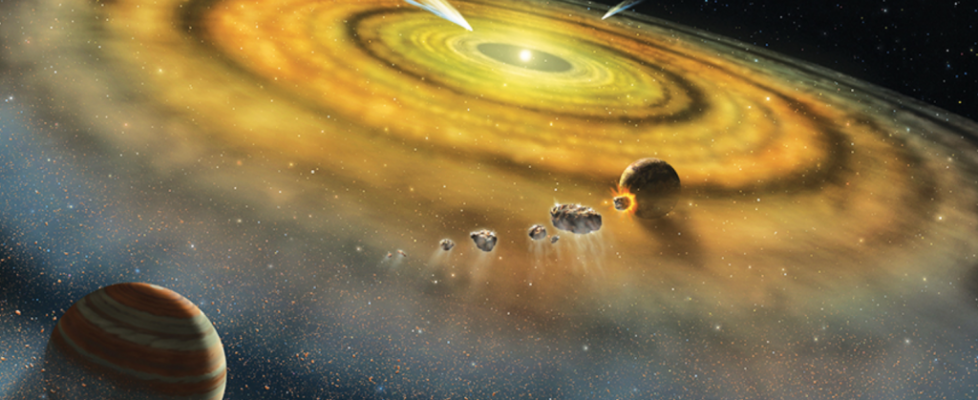
Exoplanets & Alien Life – Jan 29
Humanity has looked up at the stars for millennia and wondered whether we’re alone in the Universe. Yet only in the past few decades have we begun to discover planets outside our Solar System: to date, we’ve found over 4,000 such “exoplanets.” Further, we have statistical reasons to believe that roughly one billion exoplanets — in our Galaxy alone — are promising abodes for life. Come learn about exoplanets and the exciting search for Earth-like and potentially habitable worlds.
Our speaker, Andy Mayo, is a PhD student and researcher in the UC Berkeley Astronomy Department. He is also a Wonderfest Science Envoy.
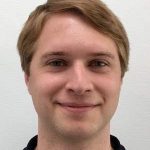
Andrew Mayo
What value will these insights have for you? Via the Eventbrite portal below, please consider a donation to nonprofit Wonderfest in accord with this value.
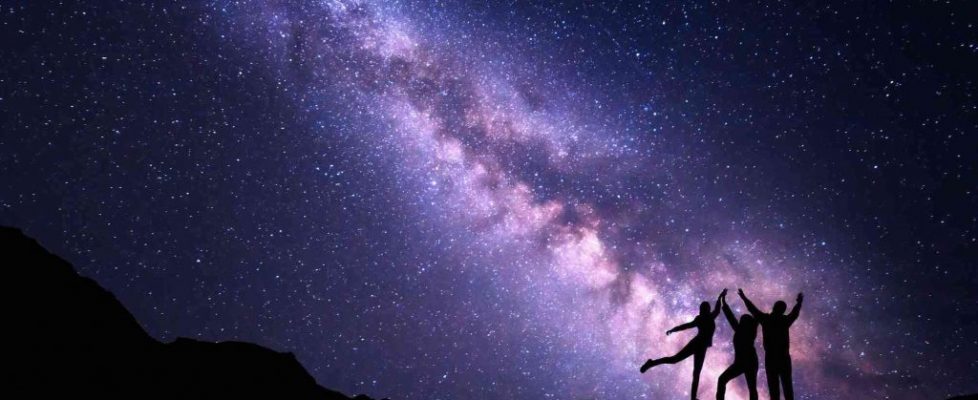
Share the Night Sky – Oct 22
Join San Francisco's "Urban Astronomer" Paul Salazar and KPOO's DJ Marilynn for a VIRTUAL guided tour of the glorious night sky.
Just find a dark, unobstructed view of the sky, and tune into KPOO-FM (89.5 MHz) or visit <https://kpoo.com/stream> with a smart phone. Then, look upward and let SF's Urban Astronomer guide you toward the setting Moon, Jupiter, and Saturn in the west, and then toward Mars, the Pleiades star cluster, and the Andromeda Galaxy in the east. (Folks stuck indoors or under clouds can participate "virtually" via a free astronomy app such as SkyView Lite.) Stargazing households congregating in backyards and socially-distanced strangers on sidewalks will feel united by the grandeur — and the wonder — of the night sky.
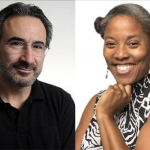
SF Urban Astronomer Paul Salazar w/ DJ Marilynn
Night Sky Network, administered by the Astronomical Society of the Pacific [https://nightsky.jpl.nasa.gov]
Mt Tam Astronomy Program [http://www.mttamastronomy.org]
San Francisco Amateur Astronomers [https://www.sfaa-astronomy.org]
From a dark location with a clear view of the sky, use a radio or Internet-ready phone to tune into the KPOO-FM broadcast (89.5 MHz) or live-stream (https://kpoo.com/stream).
This event is part of the Bay Area Science Festival. Big thanks to Andy Fraknoi, former Chair of the Foothill College Astronomy Department (and 1st recipient of Wonderfest's Sagan Prize!), for inspiration.
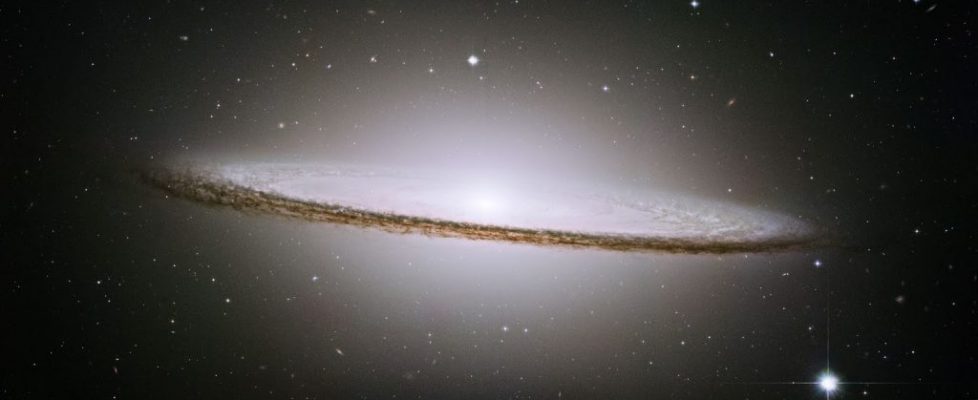
Galactic Weather – Aug 22
Just as Earth has an atmosphere, and stars (like the Sun) have coronas, galaxies are embedded in invisible halos of atomic gases. As galaxies evolve, these gaseous halos exhibit many interesting phenomena similar to rains and droughts on Earth. What do these enormous galactic climate systems look like, how are they studied, and how do they behave?
Our speaker, Dr. Yong Zheng, earned her astronomy PhD at Columbia University, and is now a Miller posdoctoral scholar in the UC Berkeley Astronomy Department. During the video Premiere of "Galactic Weather," Dr. Zheng will answer questions in the YouTube "chat" bar. Live Q&A will continue, immediately afterward, via Google "Meet."
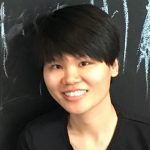
Dr. Yong Zheng
This event is co-produced by Wonderfest and the Mount Tamalpais Astronomy Program. In mid-August, when the "Galactic Weather" video is formally posted, visit the Mt Tam Astronomy YouTube channel ("WHERE" link, above) to set a reminder for the actual Premiere on Saturday, August 22nd. Thereafter, the video can be viewed at the Wonderfest Science YouTube channel: <https://www.youtube.com/wonderfestscience>.
BTW, if you benefit from science events like this, please donate accordingly — via the inaptly-named "Tickets" box below — to help nonprofit Wonderfest share the scientific outlook.
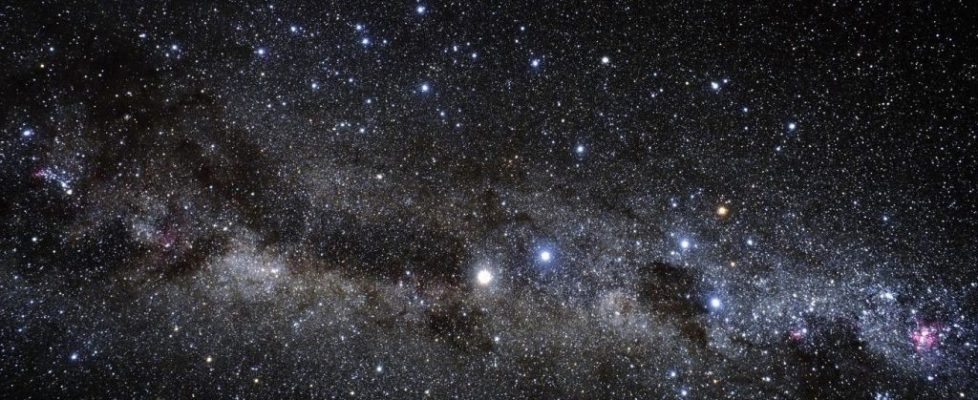
The Very First Stars – July 25
The Big Bang Theory, describing the origin of our universe, is very well established today. We have ample evidence that the universe originated from a hot "singularity," then expanded and cooled over time. Nevertheless, there is still a missing piece of the cosmic puzzle: How did the first stars form?! This presentation will explore the observational challenges we face in answering such a fundamental question.
Our speaker, Deepthi Gorthi, is a 5th-year doctoral researcher in the UC Berkeley Astronomy Department. She is also a Wonderfest Science Envoy. During the video Premiere of "The Very First Stars," Deepthi will answer questions in the YouTube "chat" bar. Live Q&A will continue, immediately afterward, via Google "Meet."

Deepthi Gorthi
This event is co-produced by Wonderfest and the Mount Tamalpais Astronomy Program. In mid-July, when the "First Stars" video Premiere event is formally posted, visit the Mt Tam Astronomy YouTube channel ("WHERE" link, above) to set a reminder for the actual Premiere on Saturday, July 25th. Thereafter, the video can be viewed at the Wonderfest Science YouTube channel: <https://www.youtube.com/channel/UCccr2q6IgFSOglvh66VFSLw>.
BTW, what value will this admission-free event have FOR YOU? Please donate accordingly — via the inaptly-named "Tickets" box below — to help nonprofit Wonderfest share the scientific outlook.
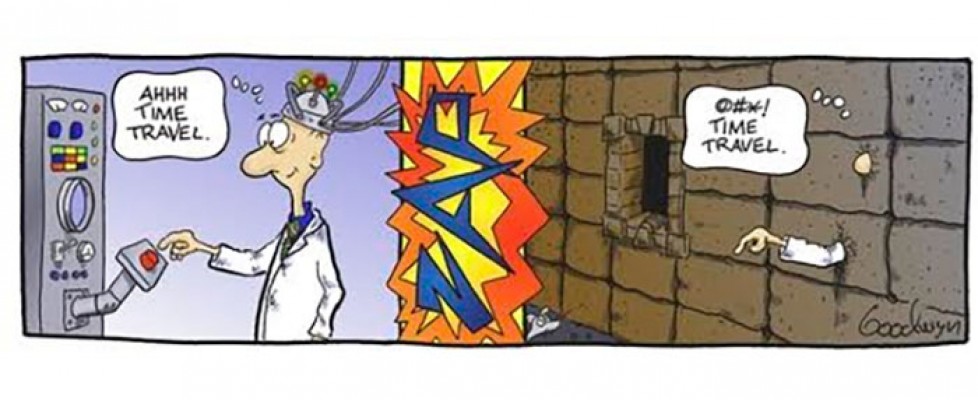
The Physics of Time Travel, Jan 9
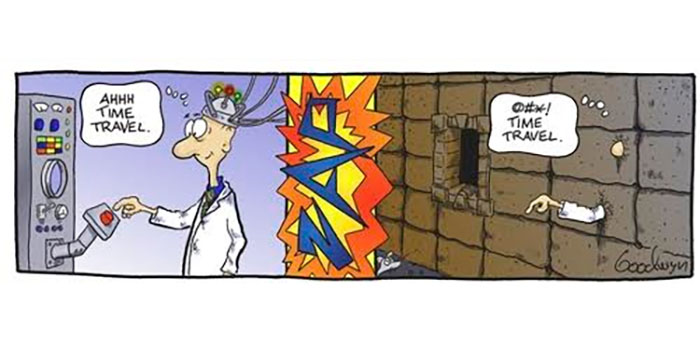 Is time travel science fiction, or a plausible reality? The idea of time travel has intrigued writers and scientists for over a century, with fictional storylines and scientific paradoxes that somehow still resist our full understanding. Physics professor and award-winning science fiction author Ken Wharton will use popular movies as a framework to outline several distinct categories of consistent time travel stories — making connections with actual physics wherever possible.
Is time travel science fiction, or a plausible reality? The idea of time travel has intrigued writers and scientists for over a century, with fictional storylines and scientific paradoxes that somehow still resist our full understanding. Physics professor and award-winning science fiction author Ken Wharton will use popular movies as a framework to outline several distinct categories of consistent time travel stories — making connections with actual physics wherever possible.
- WHAT: The Physics of Time Travel
- WHO: Ken Wharton, Professor of Physics & Astronomy, San José State University
- WHEN: 8:00 PM, Saturday, January 9, 2016
- WHERE: Chabot Space & Science Center, 10000 Skyline Blvd, Oakland, CA 94619
- HOW: Purchase tickets http://bit.ly/1U27Bbs
- WHY: Because we’re curious creatures.
——————————–
Wonderfest works every day to promote the scientific outlook. For as little as $1/month, why not become a Wonderfest Patron? As the Medici family were patrons of popular art in old Italy, you can become a patron of popular science and rationality in the modern Bay Area. (And you’ll get that tax-deduction that the Medici never did!) Please become a regular supporter of Wonderfest, and help enlarge the concept of scientific community.
Become a Wonderfest Patron: http://www.patreon.com/wonderfest
Make a one time donation: http://wonderfest.org/donate
If you shop at Amazon.com, why not shop at AmazonSmile? It doesn’t cost you a dime extra, selection and prices are the same, and a small percent supports Wonderfest and science!
http://amazon.wonderfest.org.
Watch more videos: http://videos.wonderfest.org
Join us on:
http://facebook.com/wonderfest
http://twitter.com/wonderfest
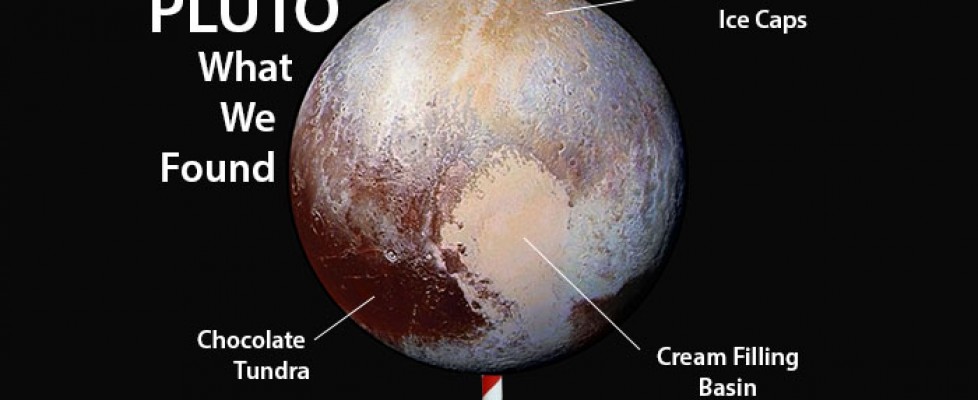
Revenge of the Dwarf Planet: What Really Happened to Pluto, Oct 26
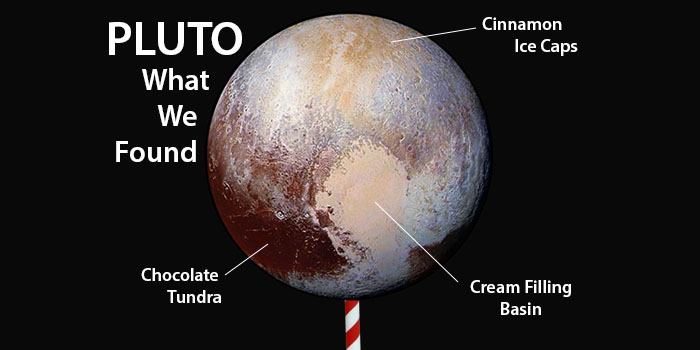 Celebrated public astronomer Andrew Fraknoi takes us behind the scenes on Pluto’s demotion to “dwarf planet,” explaining why its story might still turn out OK. In July, the New Horizons spacecraft flew by the double planet Pluto-Charon and gave us superb close-up views of both worlds for the first time. Though New Horizons data will keep coming to us for a whole year, Fraknoi will give an update on what we now know about these icy worlds at the outskirts of our solar system.
Celebrated public astronomer Andrew Fraknoi takes us behind the scenes on Pluto’s demotion to “dwarf planet,” explaining why its story might still turn out OK. In July, the New Horizons spacecraft flew by the double planet Pluto-Charon and gave us superb close-up views of both worlds for the first time. Though New Horizons data will keep coming to us for a whole year, Fraknoi will give an update on what we now know about these icy worlds at the outskirts of our solar system.
- WHAT: Revenge of the Dwarf Planet: What Really Happened to Pluto
- WHO: Andrew Fraknoi, Chair of the Astronomy Department, Foothill College
- WHEN: Monday, October 26 — 6:30pm check-in, 7:00pm program
- WHERE: Cubberley Theater, 4000 Middlefield Road, Palo Alto
- HOW: In association with Commonwealth Club Silicon Valley.
- WHY: Because we’re curious creatures.
Follow these steps to secure tickets discounted by $8:
1) Click “Enter promotional code” at lower right.
2) Enter the promo code WONDERFEST, and click “Apply.”
3) Discounted item will appear. Choose number of tickets.
4) Click “Order Now” to begin payment procedure.
——————————–
Wonderfest works every day to promote the scientific outlook. For as little as $1/month, why not become a Wonderfest Patron? As the Medici family were patrons of popular art in old Italy, you can become a patron of popular science and rationality in the modern Bay Area. (And you’ll get that tax-deduction that the Medici never did!) Please become a regular supporter of Wonderfest, and help enlarge the concept of scientific community.
Become a Wonderfest Patron: http://www.patreon.com/wonderfest
Make a one time donation: http://wonderfest.org/donate
If you shop at Amazon.com, why not shop at AmazonSmile? It doesn’t cost you a dime extra, selection and prices are the same, and a small percent supports Wonderfest and science!
http://amazon.wonderfest.org.
Watch more videos: http://videos.wonderfest.org
Join us on:
http://facebook.com/wonderfest
http://twitter.com/wonderfest
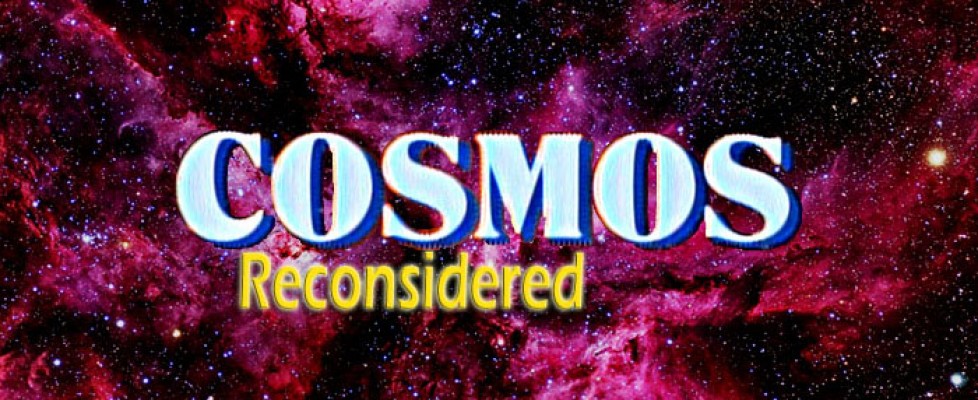
Watch: COSMOS Reconsidered with Alex Filippenko
Renowned researcher-teacher (and co-discoverer of dark energy) Alex Filippenko will present key video excerpts from Carl Sagan’s legendary COSMOS television series, offer up-to-date commentary, and invite audience questions.
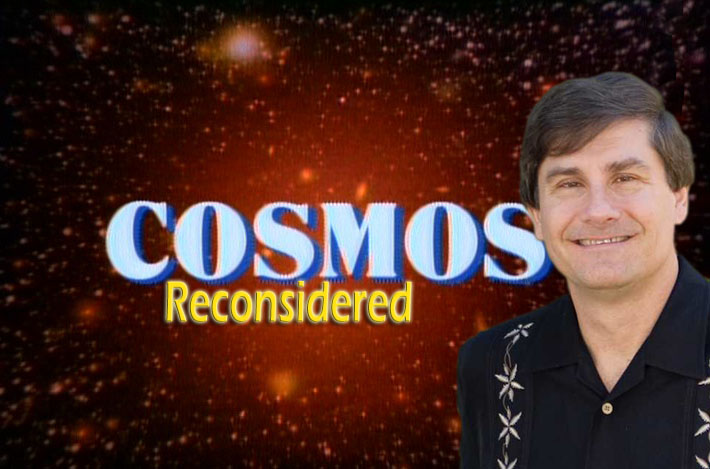
Do you remember when Carl Sagan urged us to explore beyond the “shores of the cosmic ocean” and to search for other planetary voices in the “cosmic fugue” of life? How about when Sagan helped us to imagine the fourth dimension by using cute little cut-outs scurrying around Flatland? Or when he gently debunked alien-abduction claims while explaining and encouraging the SETI efforts of real scientists?
Since the COSMOS television series aired in 1980, it has become the most watched science documentary of all time — seen by more than half a billion people! Ann Druyan (Sagan’s widow) and Neil deGrasse Tyson will release a remake of COSMOS in 2014. Until then, we in the Bay Area are lucky to have astronomy legend Alex Filippenko shining his insight and enthusiasm onto our favorite COSMOS episodes.
Please join Wonderfest and Ask a Scientist for “COSMOS Reconsidered, with Alex Filippenko.” Get your questions answered about the profound revelations of that landmark PBS series.
[button link=”/cosmos-reconsidered-newsletter/” color=”#b00″ size=”3″ style=”3″ dark=”1″ square=”1″] More… [/button]
WHO: Dr. Alex Filippenko, Professor of Astronomy, UC Berkeley
WHEN: 7:00-9:00 PM, Tuesday, July 31, 2012
WHERE: Namaste Hall, California Institute of Integral Studies, 1453 Mission Street, San Francisco

The Milky Way as a Dark Matter Laboratory
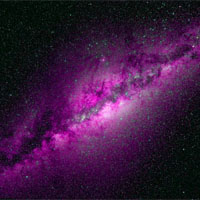 |
Co-Sponsored with the Mt. Tam Astronomy Program8:30 PM, Saturday, June 23Mountain Theater, MarinMichael Kuhlen, Postdoctoral Fellow at the Theoretical Astrophysics Center, UC BerkeleyMore than 80% of the material universe consists of stuff we don’t understand. This “dark matter” gravitates, but it does very little else; in particular, it doesn’t emit, reflect, or even absorb light. Over the next decade, a combination of astronomical observations and particle physics experiments hold great promise to finally shed light on the nature of dark matter. This lecture will be followed by a guided tour of the night sky provided by Paul Salazar, the Urban Astronomer. Then, true space cadets are invited to walk to the nearby Rock Spring parking lot to peer through telescopes of the San Francisco Amateur Astronomers. |

